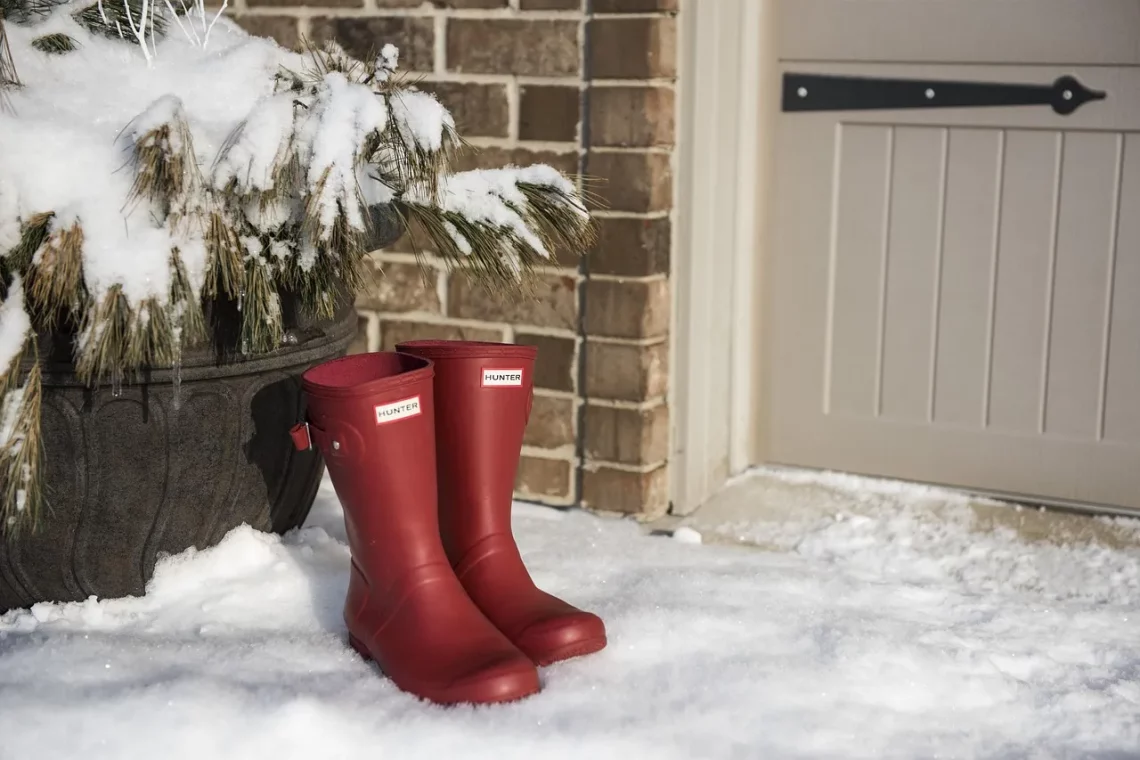
Essential Work Boots for Men: Comfort and Durability Combined
When it comes to selecting the right footwear for work, men often face a daunting task. The market is flooded with options that boast various features, styles, and promises. However, the primary considerations should always remain comfort and durability. The right work boots can significantly impact productivity, safety, and overall well-being throughout a demanding workday. Whether you’re in construction, manufacturing, or any profession that requires long hours on your feet, investing in quality work boots is essential.
Comfort affects not only your performance but also your health. Prolonged discomfort can lead to fatigue and other health issues, making it critical to find a pair that fits well and supports your feet adequately. On the other hand, durability ensures that your investment pays off in the long run. High-quality materials and construction methods can resist wear and tear, allowing you to focus on your tasks rather than worrying about your footwear.
In this article, we’ll explore various aspects of essential work boots for men, focusing on what makes them comfortable and durable. From materials to design features, understanding these elements will help you make an informed decision when choosing your next pair of work boots.
Key Features of Comfortable Work Boots
When it comes to comfort in work boots, several key features should be prioritized. First and foremost, proper fit is paramount. A boot that is too tight can cause blisters and pain, while one that is too loose can lead to instability and fatigue. Therefore, it is crucial to measure your feet accurately and try on boots at the end of the day when they are slightly swollen for the best fit.
Another essential feature is cushioning. Look for boots with padded insoles that provide adequate arch support. Memory foam insoles are a popular choice for their ability to conform to the shape of your foot, offering personalized comfort. Additionally, consider the midsole material; EVA (ethylene-vinyl acetate) is known for its lightweight and shock-absorbing properties, making it an excellent option for those who spend long hours on their feet.
Breathability is another factor that contributes to comfort. Work environments can vary in temperature and humidity, so choosing boots with moisture-wicking materials or ventilation holes can help keep your feet dry and comfortable. This is particularly important in industries where you may be exposed to heat or wet conditions.
Lastly, the weight of the boots can significantly impact comfort. Lightweight materials not only reduce fatigue but also enhance mobility. While it might be tempting to choose heavier-duty boots for added protection, remember that a balance between protection and comfort is crucial for optimal performance.
Importance of Durability in Work Boots
Durability should be a top consideration when selecting work boots, as they are often subjected to rigorous conditions. High-quality materials are essential for ensuring that your boots withstand the test of time. Leather is a traditional choice known for its toughness and resistance to abrasions. Full-grain leather, in particular, offers superior durability and can age gracefully, developing a unique patina over time.
Synthetic materials, such as nylon or polyester, are also popular in modern work boots. These materials can be lightweight and often feature waterproof qualities, making them suitable for various work environments. However, it’s essential to research the specific material used in the construction of the boots, as not all synthetics are created equal.
The construction method of the boot plays a significant role in its durability. Goodyear welt construction is a hallmark of high-quality boots, allowing for resoling and extending the life of the footwear. Similarly, cement construction provides a lightweight option but may not offer the same lifespan as welted boots. Understanding these construction techniques can help you make an informed choice based on your needs.
Another critical aspect of durability is the outsole. The material and tread pattern of the outsole can affect traction and grip, especially in slippery or uneven conditions. Rubber is often used for its slip-resistant properties, while deep treads can provide better traction on various surfaces. Invest in boots with a sturdy outsole that suits the specific demands of your work environment.
Choosing the Right Style for Your Needs
Selecting the appropriate style of work boots is crucial, as different industries and tasks may require specific features. For instance, steel-toe boots are essential in construction and manufacturing settings where heavy objects may fall, providing an extra layer of protection for your toes. Composite toe boots offer a lighter alternative while still meeting safety standards, making them suitable for those who prioritize weight and comfort.
If you work in wet environments, waterproof boots can be invaluable. Look for boots with sealed seams and waterproof linings to keep your feet dry, especially during rainy weather or when working in muddy conditions. Insulated boots are also available for those in colder climates, providing warmth and comfort during winter months.
Another consideration is the height of the boot. Ankle-height boots offer flexibility and mobility, making them ideal for those who need to move quickly. In contrast, higher boots provide additional support and protection for the ankles, which can be beneficial in rugged terrains or when carrying heavy loads.
Finally, don’t overlook the aesthetic aspect of work boots. While functionality should come first, many brands now offer stylish options that can transition from the workplace to casual settings. Choosing a pair that aligns with your personal style can make wearing them more enjoyable, contributing to overall satisfaction.
Maintaining Your Work Boots for Longevity
Proper maintenance is key to extending the life of your work boots. Regular cleaning and conditioning can prevent the buildup of dirt and moisture, which can degrade the materials over time. For leather boots, use a damp cloth to remove dirt, followed by a leather conditioner to keep the material supple and resistant to cracking.
For synthetic boots, it’s essential to follow the manufacturer’s care instructions. Typically, a simple wash with mild soap and water can suffice. Ensure the boots are thoroughly dried after cleaning to prevent mold and mildew.
Inspect your boots regularly for signs of wear and tear. Check the soles for any cracks or excessive wear, and pay attention to the stitching. If you notice any damage, consider taking them to a professional cobbler for repairs rather than replacing them entirely, especially if they are of high quality.
Lastly, store your boots properly when not in use. Keep them in a cool, dry place and avoid stacking heavy items on top of them, which can distort their shape. Using boot trees can help maintain their form and prevent creasing.
In conclusion, finding the perfect work boots for men involves considering various factors, including comfort, durability, style, and maintenance. By prioritizing these elements, you can ensure that you invest in footwear that will support you throughout your workday, ultimately enhancing your performance and well-being.
**Disclaimer**: This article is not intended as medical advice. Individuals experiencing health issues should consult a healthcare professional for guidance.




